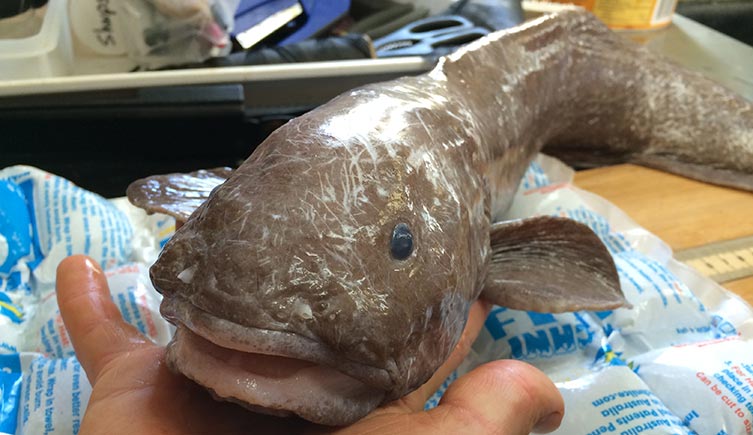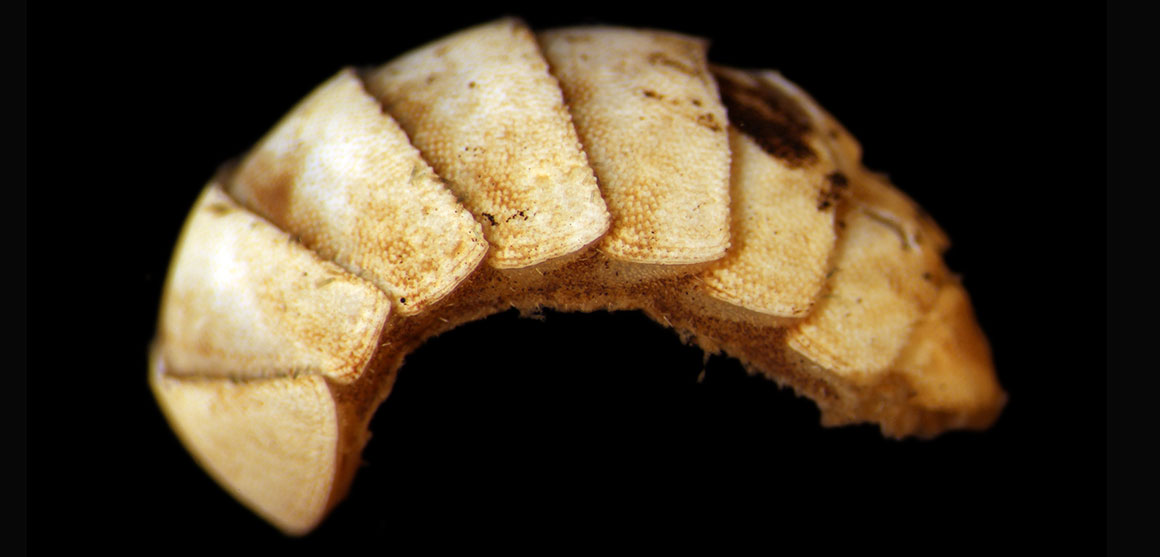According to a scientific meeting at the Museum this week, mining the deep ocean for minerals could cause wide-ranging, decades-long disturbances to the seafloor's diverse ecosystems.

The researchers presented the results of the European-funded MiningImpact project, which examined the potential impact of harvesting the metal-rich polymetallic nodules that lie over 4,000 metres down on the seafloor.
The researchers found that the animal inhabitants of the ocean habitats were extremely diverse and their populations varied over even relatively small distances. Any proposed conservation areas will need to carefully match the characteristics of mined sections if the ecosystems are to be preserved.
Dr Adrian Glover, Principal Investigator of the Museum's Deep-sea systematics and ecology research group, organised the meeting.
'Key to determining a sustainable platform for deep-sea mining is new data on the biodiversity and broad-scale connectivity of animals living in the region,' he says.
'We cannot predict extinction risks or model ecosystem resilience without this fundamental information.'

The seafloor at 4,000m deep in the central Pacific Ocean, covered in nodules. Credit: Craig R Smith, University of Hawaii
The promise of mining
Polymetallic nodules are scattered across the surface of the abyssal ocean floor, which lies 4,000 to 6,000 metres deep. While the potential to harvest the nodules has been recognised since the 1960s, new technologies and the changing price of metals mean that mining is now much closer to being economically viable.
The project focussed much of its work on a five–million-square-kilometre region of central and eastern Pacific Ocean called the Clarion-Clipperton Zone. A number of organisations have been given licenses to explore the possibility of mining in the zone.
Currently the companies are only prospecting, but in about five years they will have to decide whether to instigate a commercial mining programme, or let their licenses lapse.

The CCZ has a number of areas marked for research. The grey boxes are areas marked as of particular environmental interest, where no extraction is allowed. Credit: International Seabed Authority
Mining the Zone
The depths of 4,000 metres are cold, dark and nutrient-poor, but the area supports a surprising rich diversity of life. Animals live not only on and under the surface of the sea sediment but on the nodules themselves.
Sediment only accumulates on the ocean at very slow rates – perhaps one centimetre every 1,000 years. So any disturbance to the ocean floor can have long-lasting effects.
Harvesting the nodules would require machines to move along the ocean floor, pumping nodules up to the surface. This would not only disturb the top few centimetres of the floor but also result in plumes of sediment being dispersed over a wide area, blanketing organisms.

A deep sea fish from the UK seabed mining claim in the CCZ. Credit: A Glover
Revisiting a site
The meeting heard the results of the wide-ranging project, which examined how best to map the ocean floor, the biodiversity of species living in the Clarion-Clipperton Zone, the effects of disturbing the seafloor and the behaviour of the plumes created by mining activity.
As part of the project, researchers revisited the site of a former seafloor ploughing experiment which took place in 1989 outside the Zone, off the coast of Ecuador. They found that much of the plough tracks were still visible after 26 years, and that biodiversity had not fully recovered.
Museum Science
Museum researchers Dr Glover and Dr Helena Wiklund, together with colleagues from the University of Gothenburg (Sweden) and Uni Research (Norway), revealed new data from the first-ever broad-scale study on the genetic connectivity of a range of invertebrates across the zone.
They showed that almost all the studied organisms have broad ranges - potentially reducing their extinction risk in a mining scenario - but that levels of genetic diversity are astonishingly high. However, data on the rare and nodule-specialist animals are still scarce.

Panel members during a discussion session at the MiningImpact meeting, October 2017
An unknown future
There is still uncertainty as to whether mining of the nodules will ever happen.
A panel of experts at the meeting gave estimates for when commercial mining might begin that ranged from nine to fifty years. The economics of mining can change quickly as demand and prices for metals change, and it may be that it will never be cost-effective to extract the nodules.
Meanwhile, with so much left to discover, the organising team behind the research are planning to bid for more funds from the JPI Oceans's joint EU programme, which supported the MiningImpact studies.
Dr Thomas Dahlgren from the University of Gothenburg worked with the Museum's scientists and is looking forward to further investigations. 'We have gone from a knowledge base of basically zero to quite good information on a handful of organisms. It's a major advance, but we need to build on it with the second phase of JPI Oceans.'
Further information
- Read how the discovery of a new species could help monitor mining
- Visit the Museum's Deep-Sea Research Group
- Watch a YouTube video on sampling the Pacific Ocean abyss
- Visit the JPI Oceans homepage




Don't miss a thing
Receive email updates about our news, science, exhibitions, events, products, services and fundraising activities. We may occasionally include third-party content from our corporate partners and other museums. We will not share your personal details with these third parties. You must be over the age of 13. Privacy notice.
Follow us on social media